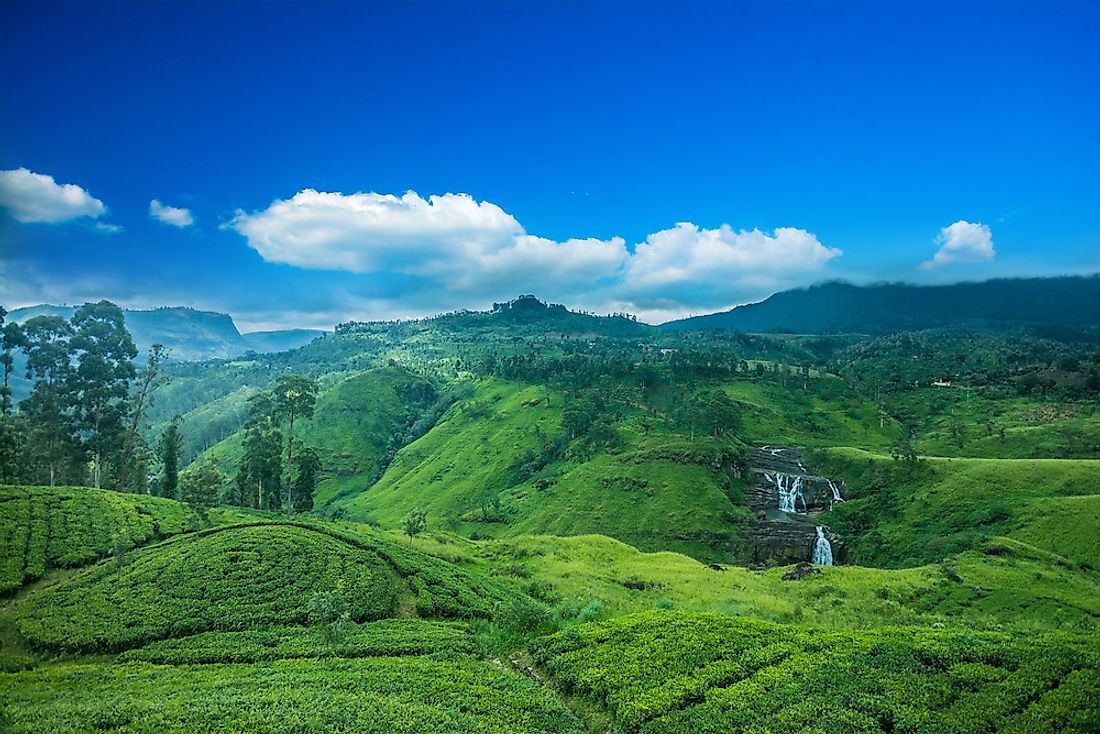What Is Analog Forestry?

Analog forestry is a method of reforestation that is focused on the establishment of the natural forest structure and involves the employment of both scientific and traditional forestry knowledge. The technique also focuses on the local communities residing in the affected area and takes into consideration their input in the development of an analog forest. In this regard, analog forestry provides the local community with food, a source of income, fodder for their livestock, and pharmaceuticals. Dr. Ranil Senanayake is acknowledged as being one of the pioneers of this forestry technique. The Sri-Lanka-born doctor introduced the forestry practice in the 1980s as a way of reforestation in Sri Lanka where forests had been degraded, and also as a replacement of the unsustainable monoculture that comprised of Eucalyptus and Pines trees.
Local Community
Local farmers play an integral role in the development of analog forests and are encouraged to employ farming practices that are suitable for the developing forests. Lumber and timber activities are explicitly discouraged in analog forestry. In the first stage of analog forestry, the trees and bushes are still in their infancy and farmers can plant crops in between the trees and therefore receive subsistence while taking care of the planted bushes and trees. Cultivation is rendered unsuitable as the forest grows and the ensuing tree canopy prevents sunshine from reaching any vegetation below. However, farmers can still engage in agriculture even at the advanced stage of analog forestry. Some crops such as coffee and tea can still do well in a mature analog forest and when planted, will provide local farmers with a source of income. Therefore, analog forestry gives farmers income and subsistence in the different stages of the forest’s development.
Native Species
To ensure that the analog forestry is successful in a region, one must first study the natural forests of the region. One central concept of analog forests is copying the natural forests both in ecological function and an architectural structure. In this respect, analog forestry involves the reintroduction of native plant species to maintain the characteristics of the original forests. Non-native plant species are also used while establishing an analog forest, and these are incorporated to provide for the farmers who nurture and protect the forests.
Ecological Succession
Ecological succession features prominently in the development of an analog forest. Establishing an analog forest is a gradual process, taking place in different stages. Sun-loving plants are first incorporated in a degraded area, and other forest plants progressively replace these. Finally, trees are integrated into the area to form the mature structure of the forest. Ecological succession is essential to the farmers engaged in analog forestry since they get to plant food items in the early stages of analog forestry.
Global Application
The forestry technique has been embraced all over the world and has proven to be successful in curbing the decline of forests in some of the most affected regions in the world. Some of the countries where the practices have seen great success include Peru, Canada, India, Kenya, Australia, Ecuador, Brazil, the Philippines, Vietnam, and the Dominican Republic among others. Costa Rica, another country where the technique has been successful, is home to the International Analog Forestry Network.











